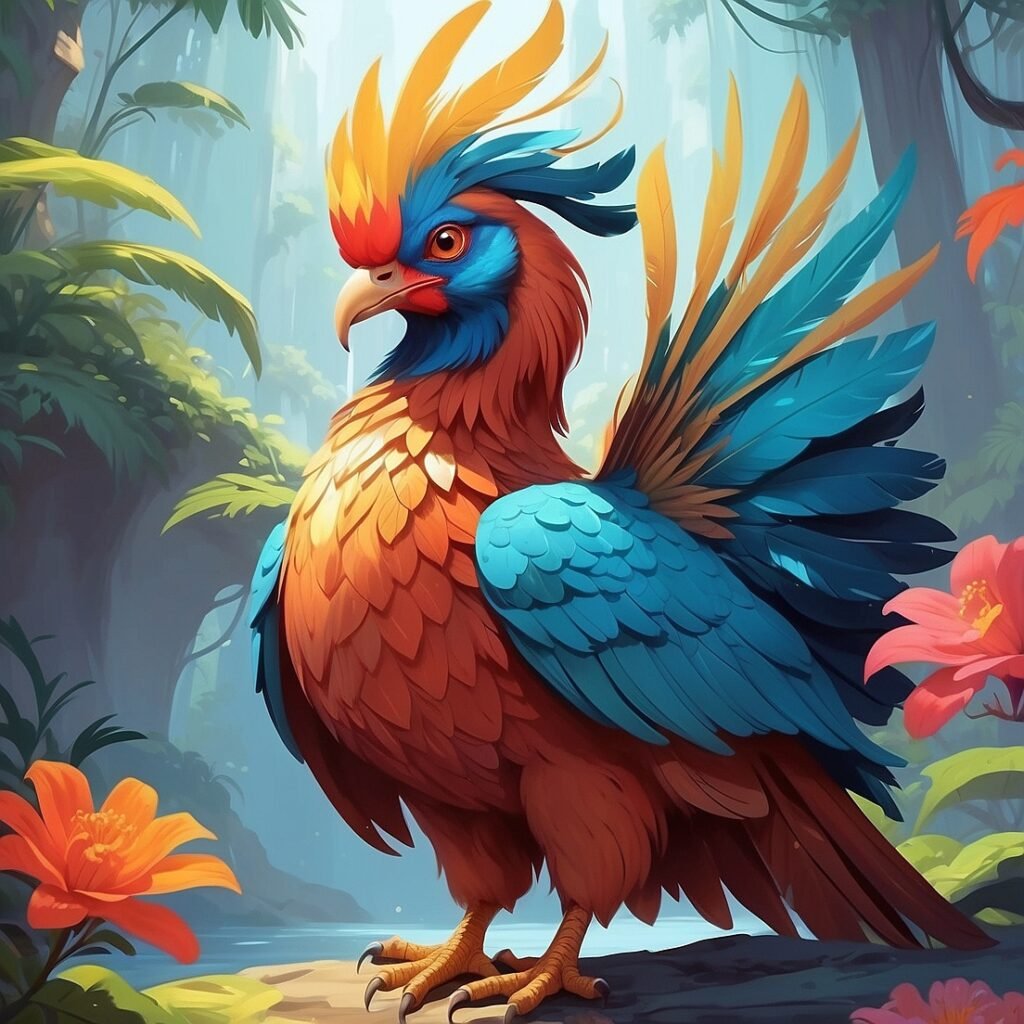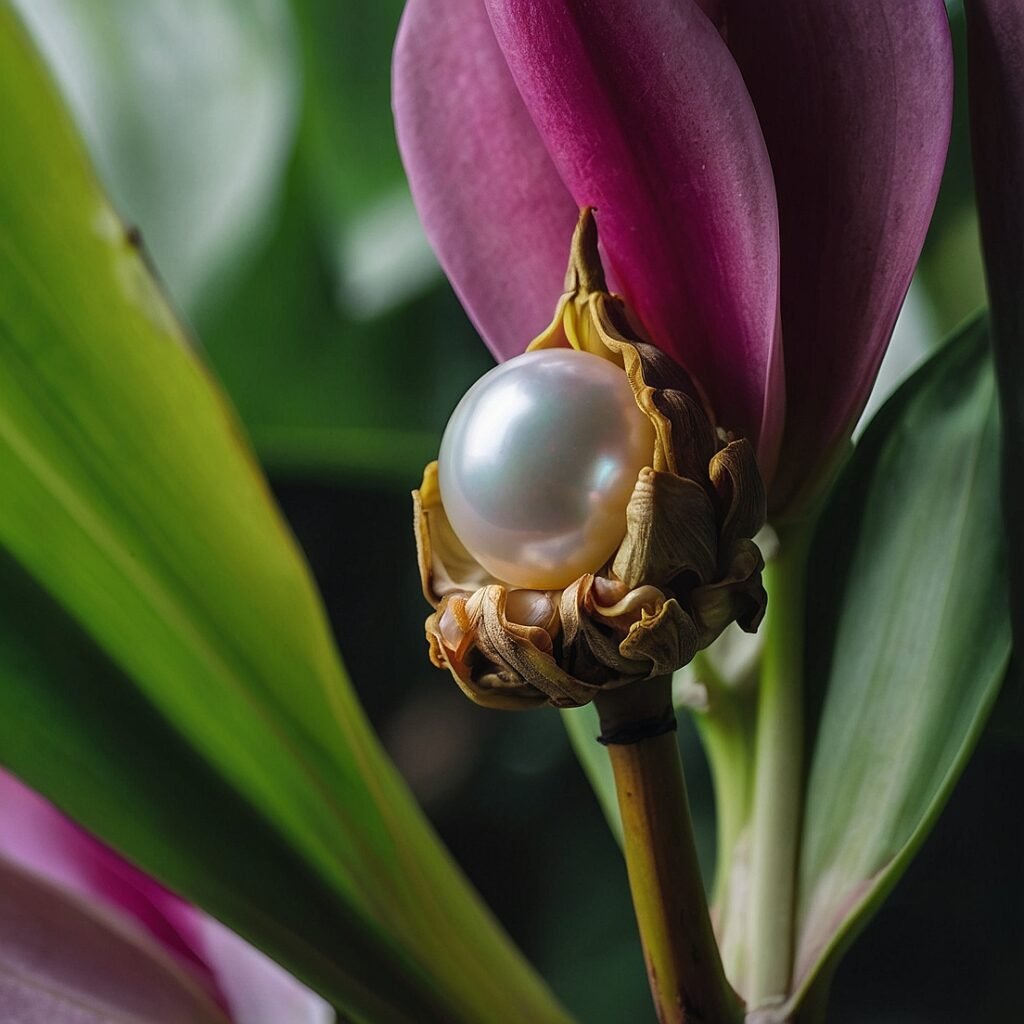Growing up in the Philippines, I was always fascinated by the rich tapestry of folklore that blankets our archipelago. But it wasn’t until I set foot on the enchanting island of Mindanao that I truly understood the depth and diversity of these tales. Mindanao, the second-largest island in the Philippines, is a treasure trove of myths, legends, and supernatural beliefs that have been passed down through generations. In this blog, we’ll dive into the captivating world of Mindanao folklore, exploring the iconic Sarimanok and other lesser-known but equally intriguing legends that shape the cultural landscape of this remarkable island.
As we embark on this journey, prepare to be transported to a realm where mythical creatures roam, where spirits dwell in nature, and where ancient wisdom is woven into the fabric of daily life. From the majestic Sarimanok to the mischievous Engkanto, the stories of Mindanao are not just tales to be told around campfires – they are living traditions that continue to influence the beliefs, values, and identities of the diverse peoples who call this island home.
The Sarimanok: Mindanao’s Legendary Bird of Good Fortune
Origins and Symbolism
At the heart of Mindanao folklore lies the Sarimanok, a mythical bird that has become an enduring symbol of the island’s rich cultural heritage. The Sarimanok, with its vibrant plumage and regal bearing, is more than just a creature of legend – it’s a powerful emblem of the Maranao people, one of the largest ethnic groups in Mindanao. The name “Sarimanok” itself is a combination of two words: “sari,” meaning cloth or garment, and “manok,” which means chicken. This colorful bird is often depicted with a fish in its beak or talons, symbolizing abundance and good fortune.
The origins of the Sarimanok can be traced back to pre-Islamic Maranao culture, where it was believed to be a messenger of the gods. As Islam spread throughout the region, the Sarimanok’s significance evolved, but its importance in Maranao culture remained undiminished. Today, you’ll find the Sarimanok’s image adorning everything from traditional textiles and wood carvings to modern logos and artwork, serving as a proud representation of Mindanao’s cultural identity.
The Sarimanok in Maranao Art and Culture
Walking through the markets of Marawi City or exploring the traditional villages around Lake Lanao, I was struck by the omnipresence of the Sarimanok in Maranao art. Its graceful form appears in intricate wood carvings, colorful tapestries, and even in the elaborate designs of the famous Maranao torogan houses. The Sarimanok is not just a decorative motif; it’s a visual language that speaks volumes about Maranao values and aspirations.
In Maranao folklore, the Sarimanok is often associated with epic tales of heroism and romance. One popular legend tells of a princess who transformed into the Sarimanok to escape an unwanted marriage, symbolizing freedom and the power of choice. Another story speaks of the Sarimanok as a guide, leading brave warriors to victory in battle or helping lost travelers find their way home.
The Sarimanok Festival: Celebrating Mindanao’s Icon
To truly appreciate the Sarimanok’s significance, one must experience the vibrant Sarimanok Festival held annually in various parts of Mindanao. This colorful celebration brings together music, dance, and visual arts, all centered around the legendary bird. Watching the dancers move with grace and precision, their costumes adorned with Sarimanok-inspired designs, I felt the palpable energy of a culture proud of its heritage and eager to share it with the world.
The festival is not just a tourist attraction; it’s a living, breathing manifestation of how ancient folklore continues to inspire and unite communities in modern times. It’s a reminder that legends like the Sarimanok are not relics of the past, but dynamic elements of a vibrant, evolving culture.
Beyond the Sarimanok: Other Fascinating Legends of Mindanao
The Engkanto: Mischievous Nature Spirits
While the Sarimanok may be Mindanao’s most famous mythical creature, it’s far from the only one. Throughout my travels in Mindanao, I encountered countless tales of the Engkanto – mysterious nature spirits that inhabit the forests, rivers, and mountains of the island. These ethereal beings are said to possess extraordinary beauty and magical powers, often luring unsuspecting humans into their realm.
The Engkanto are not unique to Mindanao – versions of these spirits exist throughout Philippine folklore. However, in Mindanao, the Engkanto take on distinct characteristics shaped by the island’s unique landscape and cultural influences. In some stories, they are benevolent guardians of nature, while in others, they are tricksters who delight in causing mischief and confusion among humans.
One particularly intriguing aspect of Engkanto lore in Mindanao is the concept of “engkantado” or “engkantada” – humans who have been enchanted or taken by the Engkanto. These individuals are said to disappear for days or even years, only to return with no memory of their absence and sometimes possessing unusual abilities or knowledge.
The Bakunawa: The Moon-Eating Dragon
Another captivating figure in Mindanao folklore is the Bakunawa, a serpentine dragon believed to cause eclipses by attempting to swallow the moon. This legend is particularly prevalent among the Bisaya-speaking peoples of Mindanao, but variations of the story can be found across the Philippines.
The tale of the Bakunawa is more than just a fanciful explanation for lunar eclipses – it’s a story that reflects the deep connection between Philippine folklore and celestial phenomena. In traditional Mindanao communities, eclipses were often met with rituals and practices aimed at driving away the Bakunawa and protecting the moon.
One of the most fascinating aspects of the Bakunawa legend is how it has evolved over time. In some modern interpretations, the Bakunawa is portrayed not as a malevolent beast, but as a misunderstood creature driven by loneliness or a desire for beauty. This shift in perspective showcases how folklore can adapt to changing societal values while retaining its core cultural significance.
The Mansalauan: Guardian of the Seas
As an island nation, it’s no surprise that many Philippine legends revolve around the sea. In Mindanao, one of the most intriguing marine mythologies is that of the Mansalauan, a benevolent sea creature believed to protect fishermen and guide lost sailors to safety.
Descriptions of the Mansalauan vary, but it is often portrayed as a large, fish-like creature with the ability to change its size and shape. Some accounts describe it as having golden scales that shimmer in the sunlight, while others speak of its ability to create calm waters in the midst of a storm.
What struck me most about the Mansalauan legend was how it embodies the deep respect and reverence that Mindanao’s coastal communities have for the sea. The Mansalauan is not just a mythical beast; it’s a symbol of the ocean’s power and the delicate balance between human survival and nature’s forces.
The Role of Folklore in Mindanao Society
Preserving Cultural Identity
As I delved deeper into the world of Mindanao folklore, I began to understand its crucial role in preserving and promoting cultural identity. In a rapidly modernizing world, these ancient tales serve as a bridge between past and present, helping younger generations connect with their heritage and understand their place in the world.
For many of Mindanao’s indigenous communities, folklore is not just entertainment – it’s a vital part of their cultural DNA. These stories encode traditional knowledge, ethical values, and spiritual beliefs, passing them down through generations in a form that is both engaging and memorable.
Folklore in Education and Tourism
In recent years, there has been a growing recognition of the importance of incorporating local folklore into education and tourism initiatives in Mindanao. Schools are increasingly integrating traditional stories into their curriculum, not just as literature but as a means of teaching history, geography, and cultural studies.
Similarly, the tourism industry has begun to tap into the rich well of Mindanao folklore to create unique experiences for visitors. From guided tours of mythical sites to interactive storytelling sessions, these initiatives not only attract tourists but also provide economic opportunities for local communities while promoting cultural preservation.
Folklore as a Tool for Unity
One of the most powerful aspects of Mindanao folklore is its potential to unite diverse communities. Despite the island’s complex history of conflicts and cultural divisions, many of these legends transcend ethnic and religious boundaries, serving as a common ground for dialogue and understanding.
For instance, while the Sarimanok is primarily associated with the Maranao people, its symbolism of hope and prosperity resonates with many other groups in Mindanao. Similarly, tales of nature spirits and sea creatures often share common themes across different cultural traditions, highlighting shared values and experiences.
The Evolution of Mindanao Folklore in the Modern Era
Adapting Ancient Tales for New Media
As technology advances and new forms of media emerge, Mindanao folklore is finding innovative ways to reach new audiences. During my travels, I encountered numerous examples of how these ancient tales are being adapted for the digital age:
| Medium | Examples of Adaptation |
|---|---|
| Animation | Short films and series featuring Mindanao legends |
| Video Games | Interactive adventures based on folklore |
| Social Media | Instagram art and TikTok storytelling challenges |
| Podcasts | Audio dramas and discussion shows about local myths |
| Virtual Reality | Immersive experiences of mythical Mindanao landscapes |
These modern adaptations are not just preserving folklore; they’re breathing new life into it, making it relevant and accessible to younger generations who might otherwise lose touch with their cultural heritage.
Contemporary Interpretations and Artistic Expressions
Another fascinating aspect of Mindanao folklore’s evolution is how contemporary artists are reinterpreting these legends through their work. From avant-garde paintings that reimagine the Sarimanok in surrealist styles to fusion music that blends traditional chants with electronic beats, artists are finding creative ways to keep these stories alive and relevant.
One particularly inspiring project I encountered was a series of murals in Davao City that depicted various Mindanao legends in a modern, street art style. These vibrant artworks not only beautified the urban landscape but also sparked conversations about cultural heritage among passersby.
Challenges and Controversies
While the adaptation and promotion of Mindanao folklore have largely been positive developments, they have not been without challenges. Some traditionalists worry that commercialization and modernization may dilute the original meanings and spiritual significance of these stories.
There’s also the delicate issue of cultural appropriation to consider. As Mindanao folklore gains wider recognition, there’s a risk of oversimplification or misrepresentation by those unfamiliar with the nuances of local cultures. This has led to ongoing discussions about how to balance preservation with innovation, and how to ensure that the communities who are the original custodians of these stories benefit from their popularization.
The Impact of Folklore on Mindanao’s Economy and Development
Cultural Tourism and Local Economies
One of the most tangible ways in which Mindanao folklore contributes to the region’s development is through cultural tourism. Towns and cities across the island have begun to capitalize on their legendary heritage to attract visitors and boost local economies. For example:
| Location | Folklore-based Attraction |
|---|---|
| Lake Lanao | Sarimanok-themed boat tours |
| Bukidnon | Eco-parks featuring Engkanto legends |
| Zamboanga | Bakunawa festival and night market |
| Surigao | Mansalauan marine conservation programs |
These initiatives not only generate income for local communities but also create opportunities for cultural exchange and education. By showcasing their folklore, Mindanao’s diverse peoples are able to share their unique perspectives and traditions with the world.
Inspiration for Local Industries
Beyond tourism, Mindanao folklore serves as a wellspring of inspiration for various local industries. Artisans and craftspeople draw upon legendary motifs to create unique products that appeal to both domestic and international markets. From Sarimanok-inspired jewelry to textiles featuring Engkanto patterns, these items blend traditional aesthetics with contemporary design, creating a niche market for culturally significant goods.
The influence of folklore extends even to the realm of agriculture and environmental conservation. Some communities have adopted sustainable farming practices inspired by ancient beliefs about nature spirits, while others have launched reforestation projects named after legendary guardians of the forest.
Folklore in Diplomacy and International Relations
Interestingly, Mindanao folklore has also played a role in diplomatic efforts and international relations. Cultural exchanges featuring traditional storytelling and performances have been used to build bridges between Mindanao and other regions, both within the Philippines and abroad. These initiatives not only promote cultural understanding but also help to counteract negative stereotypes about Mindanao, showcasing the region’s rich heritage and creativity.
The Enduring Legacy of Mindanao Folklore
As I reflect on my journey through the mythical landscape of Mindanao, I’m struck by the enduring power of these ancient tales. From the majestic Sarimanok to the mysterious Engkanto, the legends of Mindanao are far more than mere stories – they are living traditions that continue to shape the island’s cultural, social, and even economic landscape.
What makes Mindanao folklore truly remarkable is its ability to evolve and adapt while retaining its core essence. In a world of rapid change and globalization, these stories provide a sense of continuity and identity, connecting present generations to their ancestors and to the land itself. They offer wisdom for navigating life’s challenges, inspire creativity and innovation, and serve as a common language for Mindanao’s diverse communities.
As we look to the future, it’s clear that the legends of Mindanao have an important role to play. Whether through education, art, tourism, or cultural diplomacy, these stories have the power to enlighten, unite, and inspire. They remind us of the magic that exists in the world around us and the importance of preserving our cultural heritage.
For those of us fortunate enough to explore the rich tapestry of Mindanao folklore, the experience is truly transformative. It opens our eyes to new ways of seeing the world and reminds us of the power of storytelling to bridge divides and touch hearts. As the Sarimanok soars on, carrying the dreams and aspirations of Mindanao’s people, we can be certain that the island’s legendary heritage will continue to enchant and inspire for generations to come.
Disclaimer: This blog post is based on research and personal experiences up to 2016. Folklore and cultural practices may have evolved since then. While every effort has been made to ensure accuracy, some details may be subject to different interpretations or may have changed over time. We encourage readers to engage with local communities and cultural experts for the most up-to-date and nuanced understanding of Mindanao folklore. If you notice any inaccuracies, please report them so we can correct them promptly.




